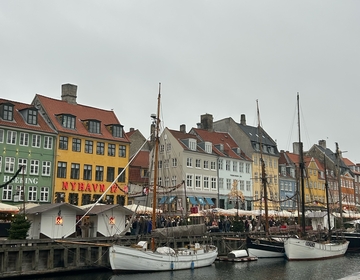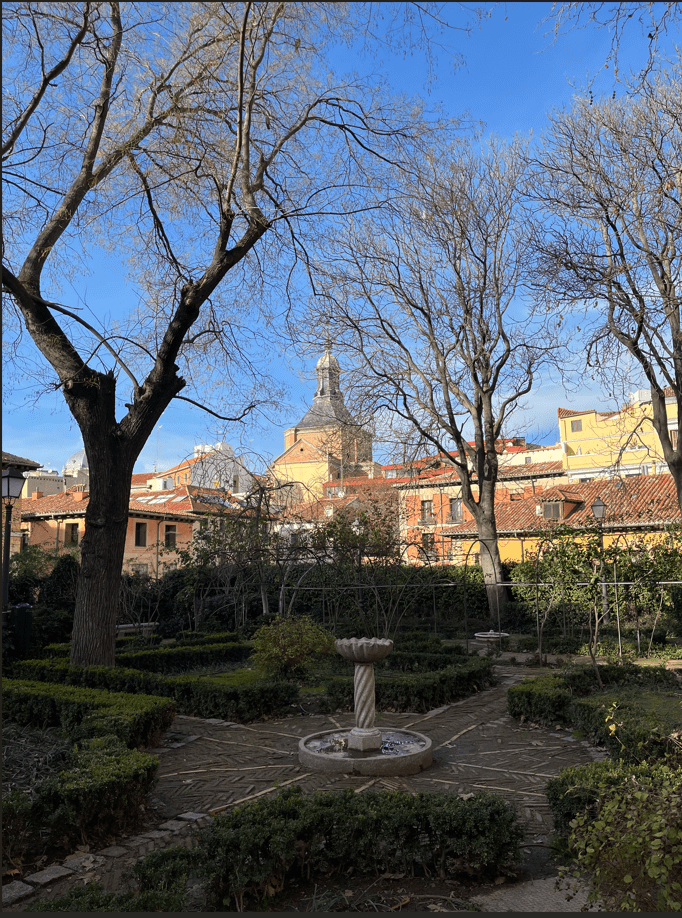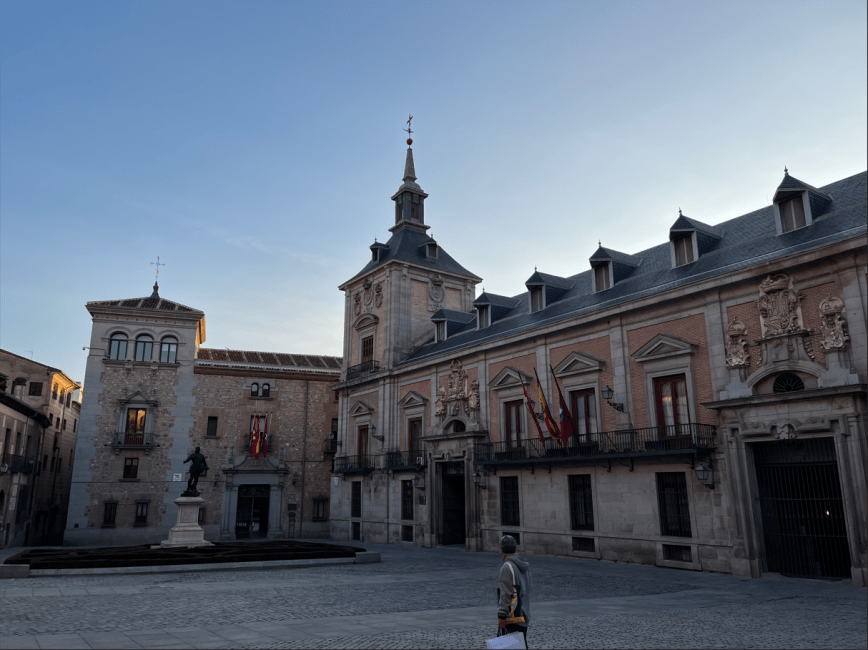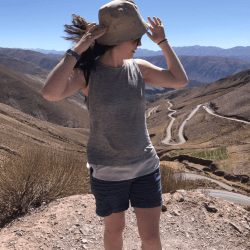10 Things I Learned in My First 10 Days in Madrid
Even though I’m here in Madrid to teach English to others, this experience has taught me a lot already. Some of the things I’ve learned are small (see #9 about doorknobs) and some of them are a bit bigger. Here are 10 things that I learned in my first 10 days in Madrid.
1) Moving takes a lot of energy
The first couple of weeks in a new country can be extremely fatiguing. Part of it is jet lag. Part of it is how busy that time is, what with orientation and learning how to use the metro system.
More subtly, there’s the mental load of living in an unfamiliar culture and trying to figure out how to do things that were second nature at home (like saying goodbye to a group of people—do I give besos to everyone??).
The brain drain is compounded when the majority language isn’t your native tongue. I speak Spanish well, but it still takes more mental effort to do even simple things like going to the grocery store.
All of this means that I’ve taken a lot of naps in the past three weeks. Be kind to yourself if it feels like you’re not operating at 100%. It will pass. It’s okay to take some time to rest and recharge—it’s actually necessary if you want to adjust well.
2) You really do need a Spanish phone number
There are some things you just can’t do here without a Spanish phone number. When I went to make the appointment to get my Spanish background check (which you need for work) it would not accept my US phone number no matter what I tried. That’s happened with other things, too.
The good news is that a Spanish phone plan isn’t terribly expensive. You can get a solid one for about 15 euro a month.
3) Look at the buildings to figure out where you’re going
In much of the US, we’re used to looking at street corners to find street signs. As far as I can tell, there’s not a single street sign here that isn’t a placard on the corner of a building. They can be a little hard to see, but you get used to it.
4) Go for the green
If you’re like me, you look at Google Maps a lot to figure out where you are. Hence, this advice: if you see a green area close by on the map and you have the time, go check it out.
I was in Plaza de la Paja and saw that there was a square of green nearby, called Jardin del Príncipe de Angola. I’m so glad I went, because it was lovely—an old walled garden that was lush even in January. It’s one of my favorite places in Madrid now.
5) You need your passport to do just about anything at your bank
Not to take money out of an ATM, thankfully, but to do things like to reset your e-signature (I got myself locked out of my account within about a week of opening it…) or to pick up your physical debit card.
6) Be prepared for your first day at school
You’ll be asked to introduce yourself, most likely with a PowerPoint. Students may or may not ask questions afterwards, but be prepared for anything. I’ve been asked four times if I have a boyfriend, and twice if I prefer ColaCao or Nesquik (chocolate milk brands).
It’s also a good idea to have multiple games ready. In my very first class I was asked if I had one, but the game I suggested wouldn’t work with that particular group of students. I had nothing else, so we did an activity she came up with.
7) Organize your recyclables
Madrid has different bins for plastic and waxed-carton packaging; paper and cardboard; glass; compost; and trash.
8) Crossing the street is like playing chicken
Drivers will stop for you, but will they get uncomfortably close first. Be warned.
9) Apartment doorknobs don’t open the door
At least the ones in the apartments I've been to don’t. They’re in the middle of the door and seem to be there to help pull the door closed—they don’t turn. At my place, turning the key in the lock and pushing inwards is what opens it.
10) Index cards don’t seem to exist here
This is random, but I’ve looked for them all over and just can't find any. I think they’d be helpful for playing vocab-sorting games in class, but post-it notes are the closest thing available. Another thing that I haven’t seen once is lined paper; notebooks here appear to be either blank or with grids.
I hope this list has been helpful! Hasta pronto, amigos.
Related Posts

Who Runs the World? Pharaohs.
Running the Pyramids Half Marathon in Cairo, Egypt Egypt and a half marathon? Let’s run it back—literally. I had the opportunity to travel to Cairo, Egypt, to run the annual... keep reading

Copenhagen Cosplays the North Pole
A Winter Weekend Guide If you’re searching for the perfect winter weekend getaway while studying abroad, Copenhagen deserves a spot at the top of your list. While the city is... keep reading

Let’s Moroccan Roll
A 4-Day Morocco Getaway from Madrid Morocco has become an increasingly popular destination for students studying and working abroad, and after spending four days there, it’s easy to see why... keep reading




